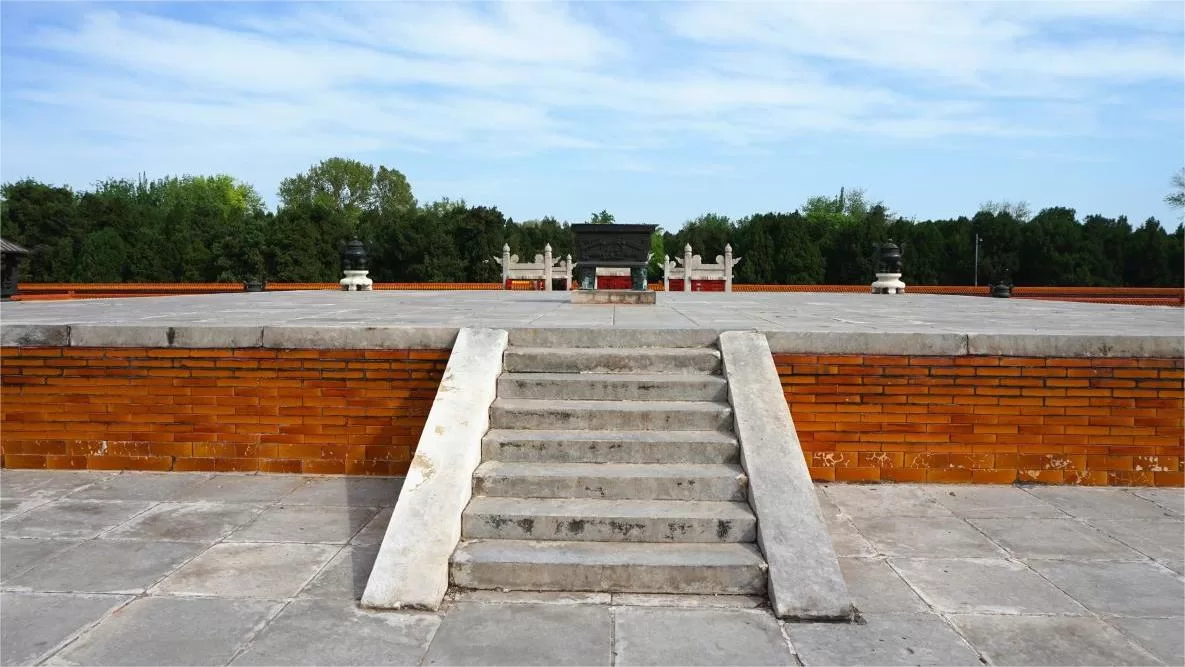The Temple of Heaven and the Temple of Earth are two of the most significant religious sites in Beijing, China. Both temples have a rich history and cultural heritage, and are important symbols of Chinese traditional culture. While both temples were built during the Ming Dynasty and served as important centers of religious worship, they differ in their functions, architecture, symbolism, and historical significance.
Similarities:
Ming Dynasty Origins: Both the Temple of Heaven and the Temple of Earth were built during the Ming Dynasty (1368-1644). The Ming Dynasty was a time of great cultural and artistic development in China, and the construction of these temples reflected the importance of religion and spirituality during this period.
Religious Significance: Both temples served as places of religious worship, where people would come to offer prayers and sacrifices to the gods. The Temple of Heaven was primarily used for offering sacrifices to the heavens, while the Temple of Earth was used for offering sacrifices to the God of Earth.
Imperial Ceremonies: Both temples were important locations for imperial ceremonies and rituals. The emperor would perform rituals at the Temple of Heaven to ensure the prosperity of the country, while the Temple of Earth was used for ceremonies to pray for a bountiful harvest.
Cultural Heritage: Both the Temple of Heaven and the Temple of Earth are regarded as important cultural heritage sites and are popular tourist destinations. They serve as important symbols of Chinese traditional culture and are recognized by UNESCO as World Heritage Sites.
Differences:
Function: The Temple of Heaven and the Temple of Earth served different functions. The Temple of Heaven was primarily used for offering sacrifices to the heavens, while the Temple of Earth was used for offering sacrifices to the God of Earth. This reflected the different beliefs and spiritual practices of the Chinese people during the Ming Dynasty.
Architecture: The architecture of the Temple of Heaven and the Temple of Earth is different. The Temple of Heaven is renowned for its circular shape, with its main hall being circular and the surrounding walls forming a square. This circular shape is said to represent the heavens, while the square surrounding it represents the earth. The Temple of Earth, on the other hand, is rectangular in shape, with a central altar surrounded by halls and courtyards. This reflects the importance of agriculture and the fertility of the earth.
Symbolism: The symbolism of the Temple of Heaven and the Temple of Earth is also different. The circular shape of the Temple of Heaven is said to represent the heavens and the unity of the Chinese people. The Temple of Heaven also symbolizes the importance of the emperor as the intermediary between heaven and earth. The Temple of Earth, on the other hand, symbolizes the importance of agriculture and the fertility of the earth. It represents the connection between the people and the land, and the importance of the earth in providing food and sustenance.
Location: The Temple of Heaven is located in southern Beijing, while the Temple of Earth is situated in northern Beijing. The location of the temples reflects their different functions and the beliefs of the Chinese people. The Temple of Heaven is situated on a higher ground, which represents the heavens, while the Temple of Earth is located on a lower ground, which represents the earth.
Other Related Facts


